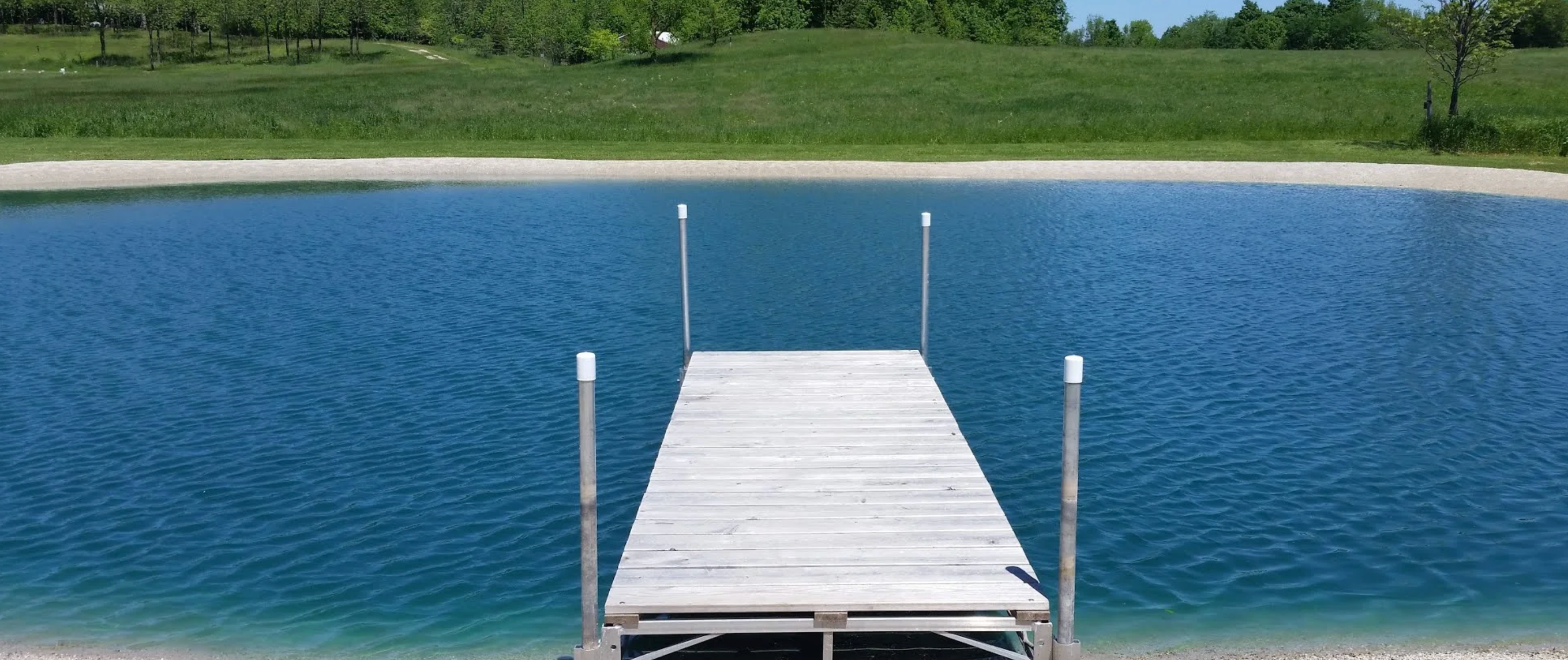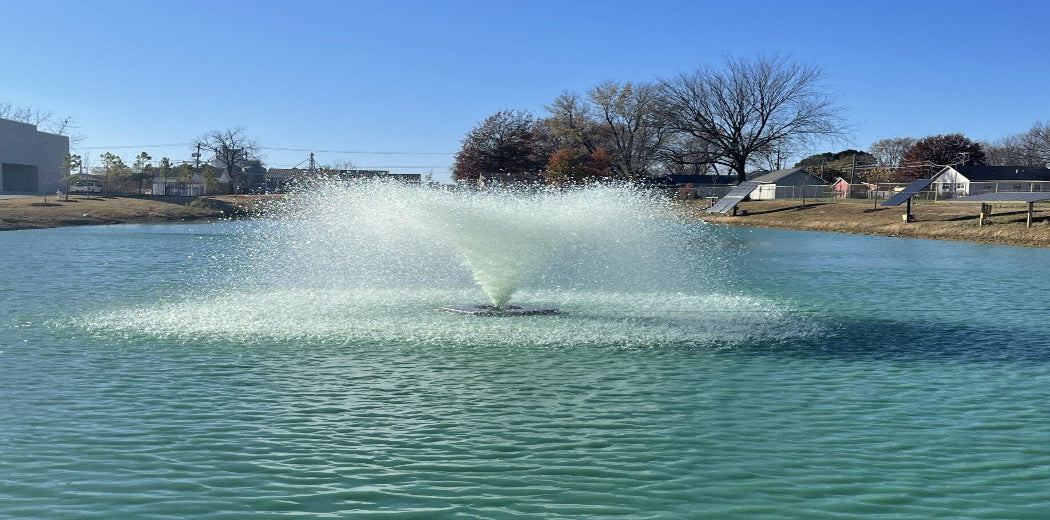Planktonic Algae

Planktonic Algae are single-celled, microscopic Algae that float in the water column making the water look either green, brown or reddish in color. Planktonic Algae grow very quickly when the conditions are optimum, often resulting in a bloom where the water becomes colored within a day or two. Excessive blooms can cause taste and odor problems in water and sometimes even cause a fish kill. These blooms typically disappear in the fall around the first frost, when water temperatures drop, clearing up planktonic algae blooms. The water can stay clear during the Winter but the algae blooms may return in the warmer months.
Prevention
Excessive growth of algae is caused by a surplus of nutrients in the water from runoff, nearby barnyards, crop fields, septic systems, lawns or golf courses. To prevent its overabundance, it is necessary to reduce fertilizer applications near the surrounding areas of a water body, properly maintain septic systems, redirect nutrient-rich runoff away for the water body and maintain a vegetative buffer strip around the water edge. If the cause of excess nutrients is not addressed, continual maintenance will be required as Algae blooms will frequently occur.
Physical/Mechanical Control
Planktonic Algae are too small to be effectively controlled by physical or mechanical removal.
Biological Control
Beneficial Bacteria Products and enzymes such as Bio-Clear LQ & PZ-900 will effectively feed on nutrients in the water making them unavailable for algae.
Barley Straw has been shown to assist in the prevention of planktonic algae blooms in some ponds and lakes. As Barley Straw decays in a water body, it releases compounds that have been proven to prevent the onset of Algae blooms. Barley does not kill existing algae blooms. It must be added to the pond in late Fall or early Spring to prevent algae proliferation.
Chemical Control
The active ingredients that have been successful in treating planktonic algae are mainly copper-based products such as CutrinePlus Liquid or dissolved Copper Sulfate crystals, mixed into a sprayable solution and applied directly on top of the water surface where the algae are found.
Copper Sulfate is a common algae treatment because of its availability and effectiveness. Be sure to fully read the product label prior to use.
CutrinePlus liquid is a chelated copper algaecide that is highly effective on planktonic algae. Available in a liquid concentrate, Cutrine Plus is easy to apply and fast acting.
Alternative Control Methods
Pond Dyes can assist by limiting sunlight penetration and reducing photosynthesis.
Water Aeration has also been used as a mechanical approach to restrict or reduce algae blooms. Increased dissolved oxygen will accelerate the decomposition process of organic waste and excessive nutrients that feed algae blooms during the summer months.



